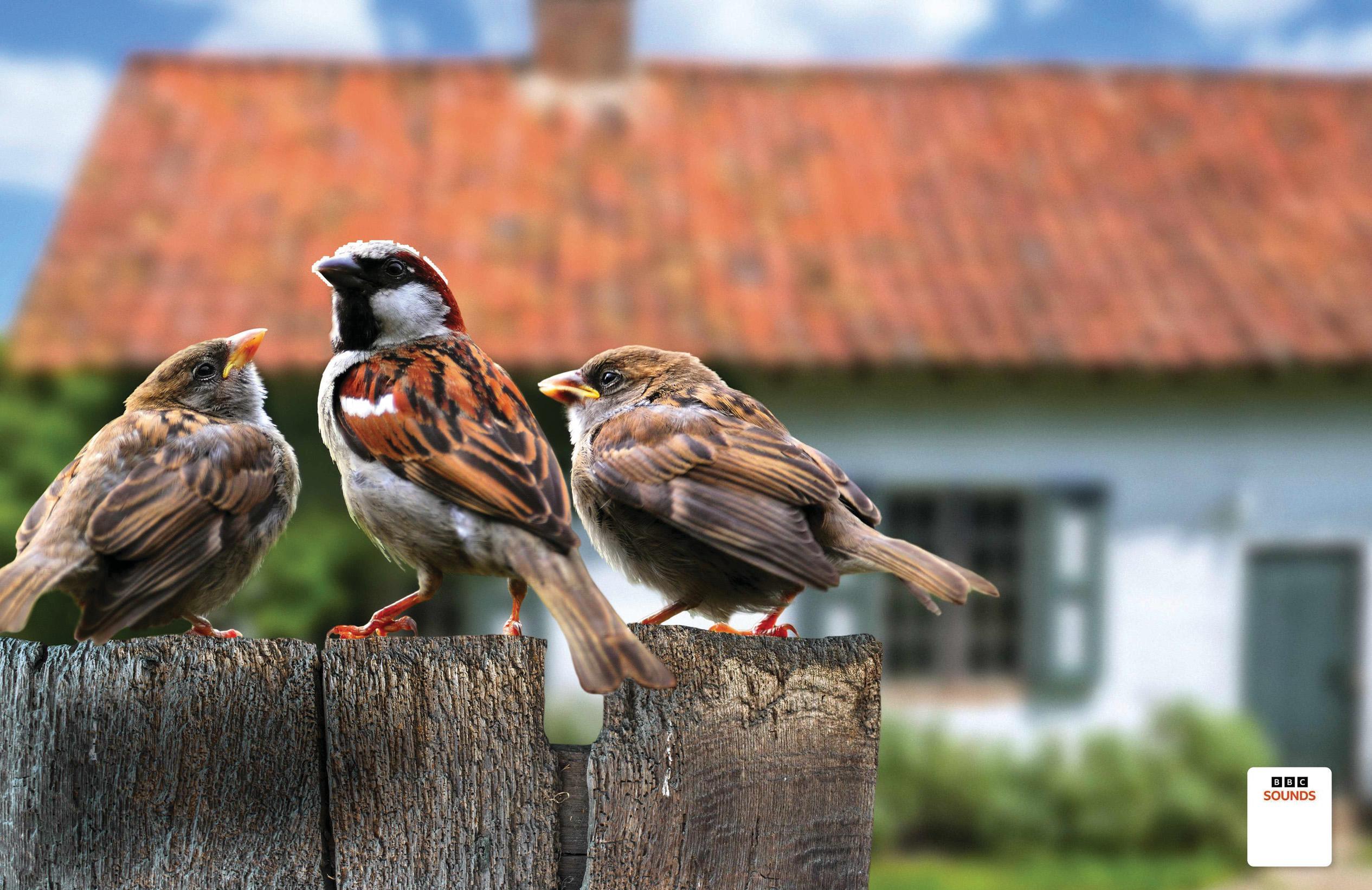
THE CLATTER OF TRAFFIC IS PIERCED MOMENTARILY by the sound of my drill screaming into the brickwork. I'm halfway up a ladder clinging to the chimney of my local pub, the Red Lion (which is ironically painted green), surrounded by an expansive landscape of concrete, interspersed by the occasional fluffy green bush.
My assistant, Matthew, relays screws to me with an outstretched arm. He has offered his assistance in return for a supermarket meal deal.
It’s August 2021 and we’re installing birdboxes around Portsmouth in the warmth of a golden sun. This is the seventh of the day. Four are already in place on the pub’s exterior and, earlier this morning, two went up on the walls of an antique furniture shop. Bar the boisterous gangs of gulls, there’s only one bird around, and it’s the very species we’re trying to create a home for: the humble house sparrow.
House sparrows, you see, need our help. They may be regarded as common brown birds, yet these characterful little passerines are struggling. We still don’t know exactly why, but in urban areas, it’s likely the result of air pollution attacking their delicate lungs; a catastrophic decline in their invertebrate prey; disease, including avian malaria; and the loss of the older buildings – complete with loose tiles, crooked eaves and other nooks and crannies – in which they nest.
Between 1966 and 2016, we lost a staggering 21.7 million of them, almost one per minute. The scenes of urban hedges fat with chestnut bodies and parks loud with evocative squabbles are now a distant memory. Hyde Park was once thronged with hundreds of sparrows but, like many other parts of the capital, has fallen silent.
This story is from the October 2022 edition of BBC Wildlife.
Start your 7-day Magzter GOLD free trial to access thousands of curated premium stories, and 9,000+ magazines and newspapers.
Already a subscriber ? Sign In
This story is from the October 2022 edition of BBC Wildlife.
Start your 7-day Magzter GOLD free trial to access thousands of curated premium stories, and 9,000+ magazines and newspapers.
Already a subscriber? Sign In
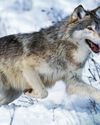
ALL YOU EVER NEEDED TO KNOW ABOUT Wolves
WOLVES ARE THE LARGEST members of the dog family (Canidae) and can be found in Europe, Asia, North America and Africa. They are highly sociable mammals that typically travel and hunt in packs.
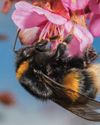
How is a queen bee chosen?
PEOPLE HAVE LONG PEERED INTO beehives and seen a model for human society. There is much to admire the work ethic, the cooperation, the selflessness. But a hive could equally be seen as a product of a repressive class system, even a tyranny. Because some bees are more equal than others.
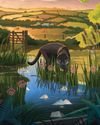
Big cats in BRITAIN
Sightings and DNA tests suggest that large cats such as black leopards are quietly naturalising in Britain. Here’s the whole story.
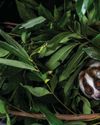
SLOW BUT SURE
The Javan slow loris has suffered a huge population decline in recent years. But conservation efforts are turning the tide for this fascinating animal.
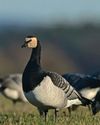
wild FEBRUARY
7 nature encounters for the month ahead
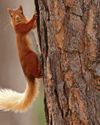
AI brings hope for rare reds
New tech 'Squirrel Agent' can target invasive greys at feeders
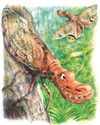
SHAPE OF YOU
Its hefty headgear has garnered this sap-sucker mythical status
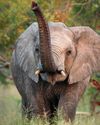
Smell: an ancient animal sense
DETECTING CHEMICALS IN THE environment enables an individual to identify molecules secreted by predators or prey, potential poisons and sexual partners. This benefit D to survival and reproduction helps explain why smell - olfaction - is probably the oldest sense and evolved 500 million years ago, around the origin of animals.
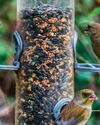
Feeding birds may kill them
We love to attract birds to our gardens, but feeders can pose a deadly risk
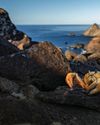
A CRAB CALLED JOHN
The yellow land crab lives a secret life on an island stronghold off the coast of Brazil. One photographer went to find out more about this charismatic crustacean.